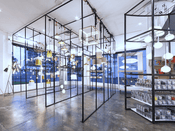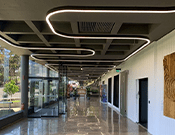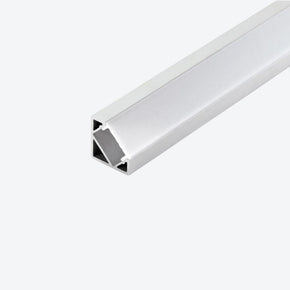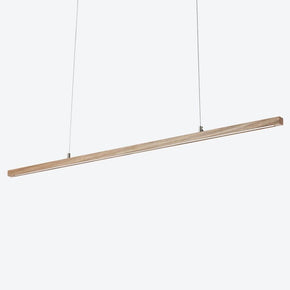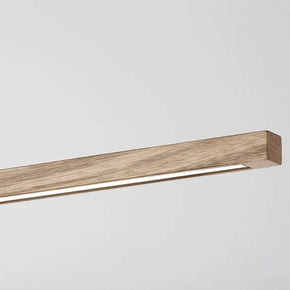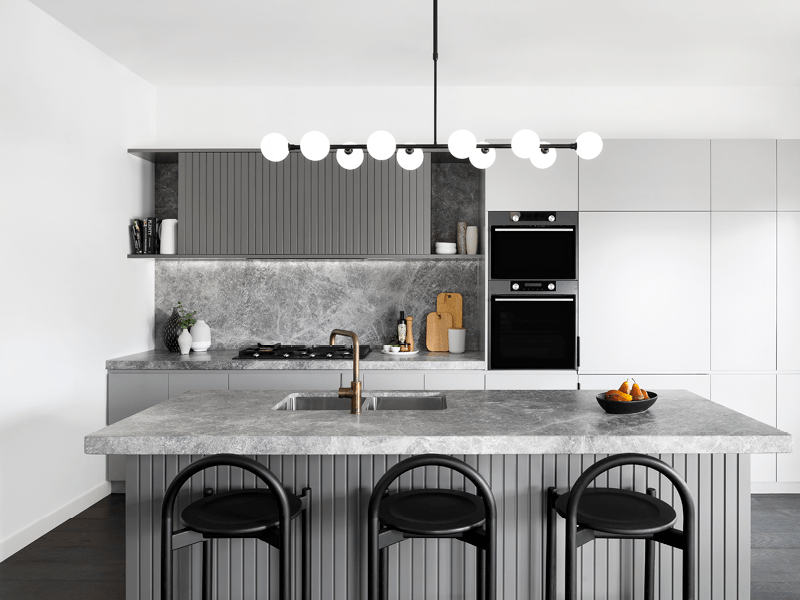- No products in the cart.
- ``
Lighting Effects on the Mind & Body The circadian rhythm and how to reset that 24hr biological cycle
21
Sep
Did you know that lighting can have a big effect on your physical and mental health and wellbeing? It all comes down to science and how lighting affects our circadian rhythm. Didn't think lighting could get any more technical, huh? Not to worry. We’ll break this down into understandable, and achievable, concepts to help you prioritise your mental and physical wellbeing 24/7.
The circadian rhythm
Artificial lighting has done wonders for individual and global productivity. We're talking centuries of working to our hearts’ content, no longer needing the sun or moon to determine when our work starts and ends. The standard hours of our working lives are dictated by the flick of a switch. Amazing? Indeed. But detrimental to our mental and physical health? Absolutely.
The circadian rhythm is our 24-hour biological response to the stimuli of sunlight in the day and darkness at night. Circadian rhythms are primarily influenced by light reception, and for most of humanity, artificial lighting has done quite the number on us.
Our natural clock is in the part of the brain called the hypothalamus, which is linked to photoreceptors located throughout the body (such as the retina). These receptors are responsible for synchronising our internal clock with the light we absorb during the day.
Understanding the circadian cycle is essential because it affects the rhythms of the human body and influences sleep, mood, wakefulness, digestion, temperature control, and even cell renewal. Research shows that an adequate amount of light improves mood and energy levels, while poor lighting contributes to depression and other deficiencies in the body.
Time to reset
Let's talk temperature Colour temperature, that is. The degree of Kelvins, or colour temperature, heavily affects how we function. Warm lights make the environment feel more welcoming and relaxing, while cooler lights make the environment more stimulating. It's also believed that blue light (also known as daylight) reduces levels of the sleep-related hormone melatonin, making us feel more awake.
Computers and mobile screens emit a lot of blue light, so that last email check before bed can make our sleep a lot less restful. But when used appropriately, blue light can be ideal for those spaces where our minds need to work at full speed, such as industrial kitchens, hospitals, and even factories, where high concentration is expected.
Yellow tones (at the bottom of the colour scale) correspond to dusk and dawn. Times when the body is generally more relaxed. Weak, indirect, and warm lighting tends to make environments quieter and people feel more at ease. Although this may not be a good choice for a work environment that requires efficiency and productivity, it may be beneficial for a restaurant, a rest area, or a bedroom, and is often recommended for our residential builds in living spaces.
Light your way to a healthy mind and body
As our lives continue at full speed, you can make simple, deliberate choices to ensure our minds and bodies can healthily and effectively keep up with the pace. Some of these choices include utilising smart lighting technology that features both dimmable and colour changing abilities, setting night mode on our smart devices to dim the brightness after the sun sets, or talking to a qualified lighting consultant before your residential, commercial or hospitality build or re-fitting.
Get in touch with the About Space team to find out more.




